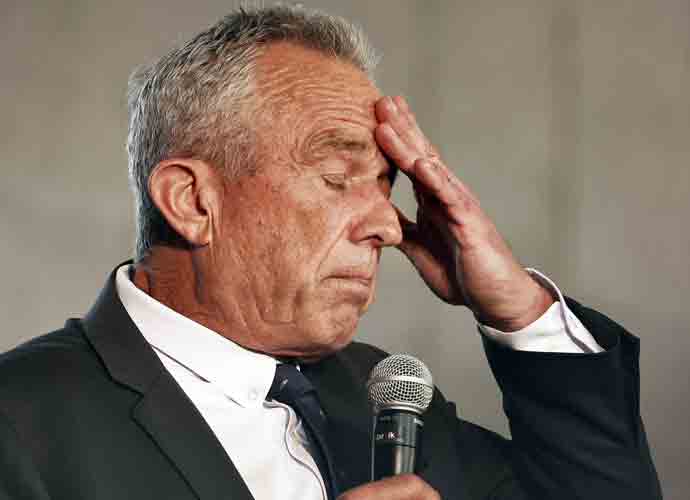Experts Debate Legitimacy Of Trump Order To Assassinate Qassim Soleimani
The Pentagon announced on Friday afternoon that the U.S. assassinated Maj. Gen. Qassim Soleimani, an influential Iranian commander, in an operational airstrike near the Baghdad International Airport to protect Americans from rising political tensions and a potential war with Iran.
Soleimani, who President Donald Trump ordered the assassination of in an operational drone strike, was one of the most powerful men in Iran. He was the leader of the Islamic Revolutionary Guard Corp’s (IRGC) Quds Force – an active coalition unit of the Iranian military that specializes in foreign operations. The United States views the Quds force as a terrorist organization.
Trump stated that he ordered the attack on Soleimani, and other Iranian militia, to not only avenge the American lives lost so far and thwart new conspiracies to massacre government officials and military personnel. But more importantly, to foil a further imminent IRGC militia revolution, which would have the ability to incite an official war.
The Pentagon confirmed in a statement that Trump had ordered the strike because Soleimani, “was actively developing plans to attack American diplomats and service members in Iraq and throughout the region. General Soleimani and his Quds Force were responsible for the deaths of hundreds of American and coalition service members and the wounding of thousands more.”
Subscribe to our free weekly newsletter!
A week of political news in your in-box.
We find the news you need to know, so you don't have to.
Trump claimed over the social media platform, Twitter, while using a variant spelling of the top security and intelligence commander’s name, that Soleimani had been caught officially targeting potential Americans in a violent massacre. The strike has exacerbated the political uncertainty between Iran and the United States, and further destabilized the relationship while escalating hot-blooded tensions.
….of PROTESTERS killed in Iran itself. While Iran will never be able to properly admit it, Soleimani was both hated and feared within the country. They are not nearly as saddened as the leaders will let the outside world believe. He should have been taken out many years ago!
— Donald J. Trump (@realDonaldTrump) January 3, 2020
Trump defended his position depicting the nature of the conflict. He explained that remaining reactive to impending and real Quds Force threats, versus being proactive and launching the attack to prevent the targeted killing of U.S. soldiers and officials, would have likely resulted in an Iranian terrorist attack on Americans in Iraq.
“Suleimani was plotting imminent and sinister attacks on American diplomats and military personnel, but we caught him in the act and terminated him,” Trump reported from his International Golf Club in West Palm Beach. “We took action last night to stop a war, we did not take action to start a war.”
Political tension, which manifested itself in targeted acts of violence, initially began when the U.S. retaliated against Iranian-backed force’s attacks on U.S. interests in Iraq. The strain also stemmed from Trump pulling out of the long-term 2015 P51+ nuclear program, agreed to under to President Barack Obama, with the world powers – UK, France, China, Russia, and Germany. Trump had pulled out because the terms of the agreement did not allow complete and thorough verification of Iranian compliance by the U.S.
Trump, in turn, imposed increased economic sanctions on the Iranians, which induced the collapse of the Iranian economy.
Iran, which is one of the countries with one of the largest oil reserves in the Middle East, is almost bankrupt due to the trade sanctions. The U.S. oil market revolves around the U.S. dollar, and Iran has been unable to acquire the U.S. dollar or sell oil, because of the sanctions Trump imposed.
The Iranians attempted to strike back at the United States with acts of violence, such as killing an American and shooting down a U.S. drone rather than coming to the table to negotiate a new Iranian nuclear deal. Trump had publicized his bottom-line in the sand, stating that if Iran killed any American, he would respond to the situation, which he did by launching the airstrike.
Iran has declared Soleimani a martyr and vowed retribution for the attack.
Get the most-revealing celebrity conversations with the uInterview podcast!









Leave a comment